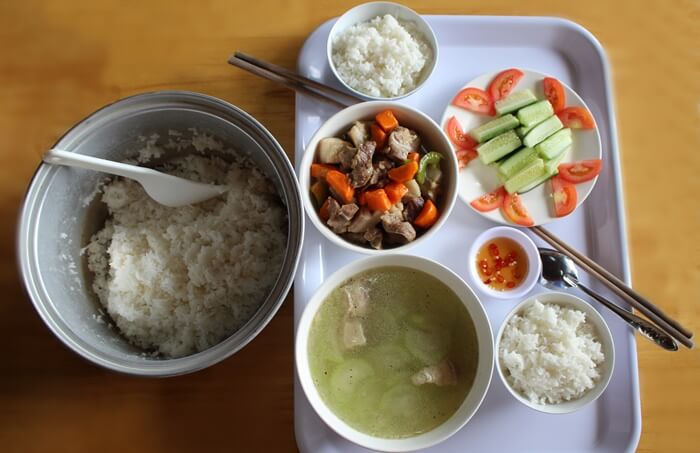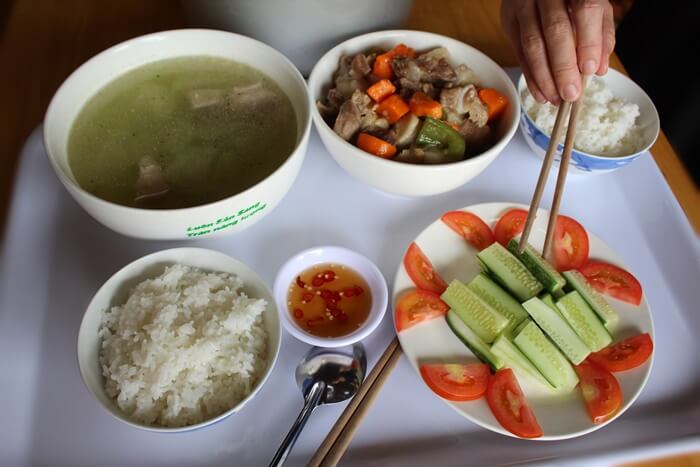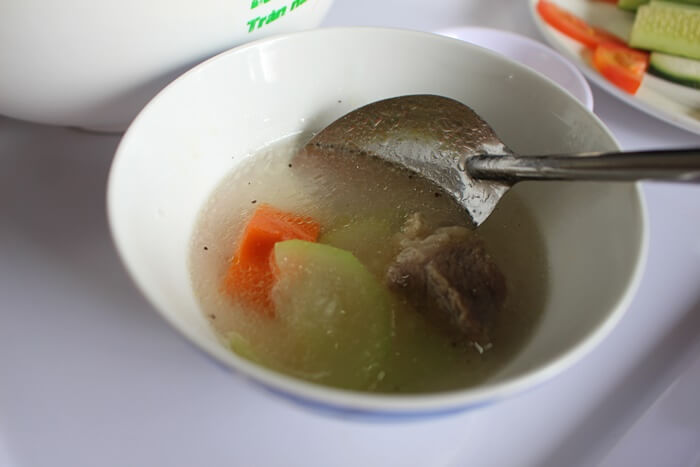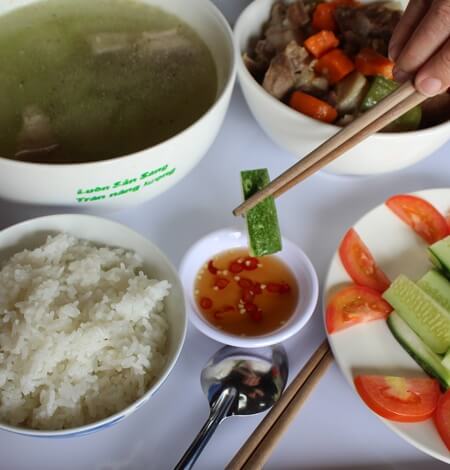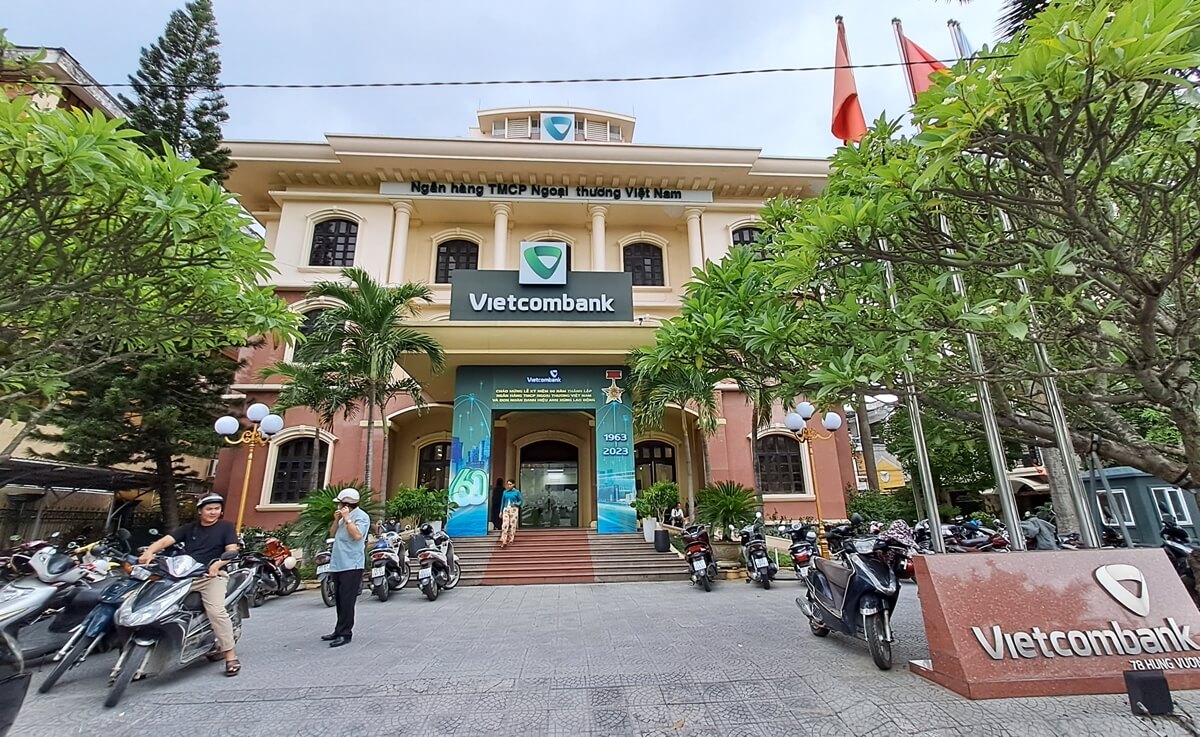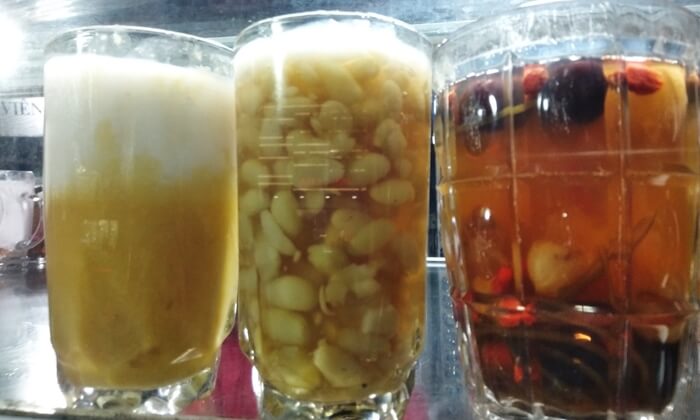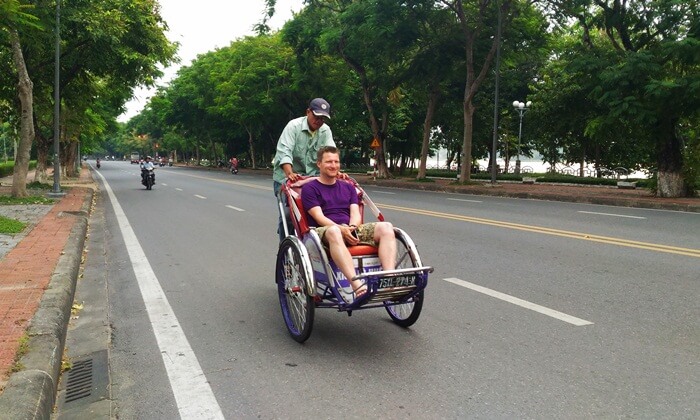Vietnamese meals play an essential role in the local culinary culture.
People in Vietnam usually have three meals a day: breakfast, lunch, and dinner.
Lunch and dinner are considered the main meals. Dinner is the most vital because this is when family members fully participate, forming a reunion meal.
During the meal, the members chat and exchange many life stories with each other.
If you join a Vietnamese meal with a local family, please consider the following cultural characteristics to avoid surprises.
Menu contents:
- Starting a meal with an invitation
- Rice – The primary food for meals
- Starting picking up food from the vegetable
- Eating soup with ingenuity
- Don’t finish your meal too early
- No drinks accompanying the meal
- Expressing hospitality through meals
- Combining various foods
- Attention to sitting position when eating
- Using chopsticks in Vietnamese meals
- Noticing a small bowl of sauce
- Conclusion
1. Starting a meal with an invitation
Before eating, younger people often invite adults to join the meal. They wait for everyone to sit at the table, then taste.
Do not eat before the elders come to the table. That shows polite to them.
When everyone is fully seated, the eldest person at the table usually invites everyone, and all can begin the meal. That is the beginning of a traditional Vietnamese meal.
2. Rice – The primary food for meals
For Vietnamese people, rice is the main dish. The remaining food is considered an additional dish to create flavor and increase the richness of the rice for each person. This means that other foods are intended to make rice easier to eat, not to be eaten individually.
So, if you are a guest, be careful not to taste your food without eating it with rice.
The culture of considering rice as the core food originates from the agricultural culture of wet rice cultivation in Vietnam. Rice can help people feel full for longer.
If you are not used to eating rice, let the host know so they can put less rice in your bowl.
3. Starting picking up food from the vegetable
Meals often include savory food, Vietnamese vegetables, and soups. When starting to eat, you should choose a vegetable dish. It should not be salty and should not be the most delicious dish, which is the main dish in the food tray.
Doing that shows politeness and a culture of giving in to others in Vietnam.
While eating, you should put only a little food on your plate or bowl at a time. Pick only one type of food at a time, eat it all, and then retake it unless the dishes need a combination.
4. Eating soup with ingenuity
Please pay attention to the soup; do not put the soup into the rice bowl when it is full. Also, if you eat almost all the rice or run out of rice, let’s have the soup.
This is intended to avoid difficulty eating when using chopsticks and to prevent making noise while eating rice and soup at the same time.
Unlike the culture of European or American countries, soup in Vietnam is often eaten after having rice, with very few places to eat before the main course.
5. Don’t finish your meal too early
Finishing a meal too early shows that you are not enthusiastic about the meal and are not friendly with people around.
So, don’t stop eating early and leave the table too quickly when everyone is eating, drinking, and talking.
If you attend a party in Vietnam, wait until the last dish is served before you leave the table.
If joining the meal with a Vietnamese family, it is best to stay with the host until lunch or dinner is over.
6. No drinks accompanying the meal
Drinks such as beer, soft drinks, fruit juices, etc., are usually not included in daily meals.
Soup will be a replacement drink in everyday Vietnamese meals.
Therefore, if they prepare, you should only ask for drinks when joining a Vietnamese family.
However, at parties or when the guests come to houses in Vietnam, the host can buy more soft drinks or beer to entertain guests. You shouldn’t be too surprised to see this either.
>>> Read more about the top beer brands in Vietnam.
7. Expressing hospitality through meals
Vietnamese people are very hospitable. Every time there is a guest, the host cooks more food and prepares more beautiful dishes, so you will be surprised when you are invited to a Vietnamese meal with various dishes.
So, try to eat different dishes; this will show your friendliness and enthusiasm when you are invited to dine with Vietnamese people.
If you are allergic to certain foods, tell the person sitting next to you so that other diners don’t offer them.
8. Combining various foods
One of the eating characteristics of Vietnamese people is that they often combine many foods together to create a variety of flavors, giving a more delicious feeling.
For example, vermicelli with shrimp paste (Bun Dau Mam Tom) contains many ingredients, including fried tofu, pork belly, and spring rolls. Each part can be eaten separately, but it is not tasty enough. So, Bun Dau Mam Tom, all these ingredients need to be eaten together. It means many kinds of food go together at the same time in the mouth, and then there is a rich flavor.
Therefore, you need to consider which foods combine with which ones. The best way is to wait for a few people to eat first; then, you will know how to follow.
9. Attention to a sitting position when eating
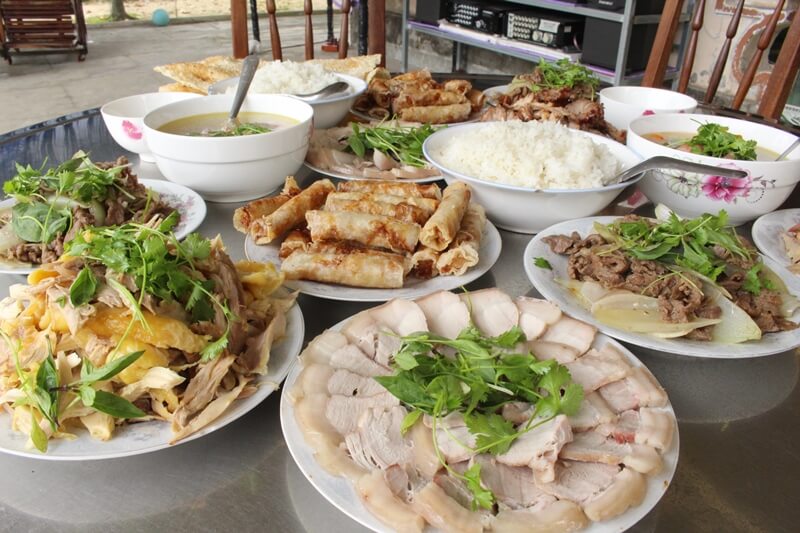
A sitting position in a Vietnamese family meal is also a cultural point that should be considered.
It would help if you did not sit near the rice cooker as a guest. Because the rice cooker is in an important position, the whole family shares a pot of rice. The host sitting near the rice cooker will know if there is not enough to serve.
Before starting to eat, usually, the person with a younger member in the family scoops the rice into small bowls to invite the others. One bowl is for each person but from a pot of rice, showing the culture of originating in the same place, with the same ancestors, and sharing the same sweetness.
When you join a meal with a Vietnamese family as a guest, it is best to ask where you should be seated.
10. Using chopsticks in Vietnamese meals
Vietnamese people like using chopsticks to pick up food from the plates and take the same chopsticks to eat.
Therefore, you may also learn how to use chopsticks when coming to Vietnam.
Sometimes, plenty of foreigners are surprised because they are afraid of being dirty. The reason is that many Vietnamese use their own chopsticks to pick up food for others.
Indeed, this is a long-standing culture in Vietnam, showing tolerance and sharing in the eating and drinking culture.
Fortunately, many Vietnamese people have realized the hygiene problem, so picking up food for each other with their chopsticks has been greatly limited.
However, you also need to prepare your mind not to be shocked if you find yourself in this situation.
11. Noticing a small bowl of sauce
Another interesting thing is that during the meal, there is usually a small bowl containing Vietnamese fish sauce or soy sauce for the whole family to share.
A bowl of fish sauce indicates the delicate culinary culture of the Vietnamese people: when some people enjoy the salty taste, they can add more fish sauce to their food.
When cooking for many members, the family chef often chooses to cook a little lighter so that each person can customize it to suit their own taste while joining the meal.
Conclusion:
Plenty of cultural points depend on various regions for a meal in Vietnam.
With the framework of this article, Vietnamdrive only points out the main cultural features so that you won’t be surprised when attending a meal with any Vietnamese family.
Countless fascinating aspects are waiting to be discovered, and only when you share a meal with Vietnamese locals do you truly appreciate the beauty of their traditional culture.
What do you think about a meal in Vietnam?
